#Rubin Museum
Explore tagged Tumblr posts
Text

[Image from my flickr files :: photo taken at the Ruben museum]
* * * *
"If you want to reach people, you have to take positive action. People in samsara always do harmful things. Quite literally, they hang themselves up and kill themselves. So there is no room to philosophise. It is a very immediate situation, like walking into the emergency room of a hospital. You see that same kind of craziness everywhere. From a bodhisattva’s point of view, the whole world is a giant emergency room. You have to stop people from harming themselves. As a would-be bodhisattva, that is what you have to do. You cannot just leave, and hope somebody else will come along and do the job for you. You have to be the person who does the job, who actually saves somebody. The responsibility is on you. You should be willing to use the corrective mechanism of telling the truth; from the minute you wake up, you should be willing to speak up if there is a problem. The discipline of working for others applies to everything you do." ~ Chogyam Trungpa
33 notes
·
View notes
Text

Paula Sladewski (American, Nov. 15, 1983 - Jan. 3, 2010).
Tibetan religious initiation card, from the exhibition Remember That You Will Die: Death Across Cultures (2010). The Rubin Museum of Himalayan Art, New York City.
Rest in the love of God
#fangledeities#paula sladewski#playboy model#unsolved murder#glamour photography#playboy magazine#himalayan art#rubin museum#tibetan art#tibetan buddhism#memento mori
9 notes
·
View notes
Text

Door Defender
Artist Shezad Dawood's neon piece, "Wrathful Activity, Fierce Energy", on display at the entrance of the, soon to be closed, Rubin Museum of Art, 17th Street (off of Seventh Avenue) Chelsea, New York City.
30 notes
·
View notes
Text
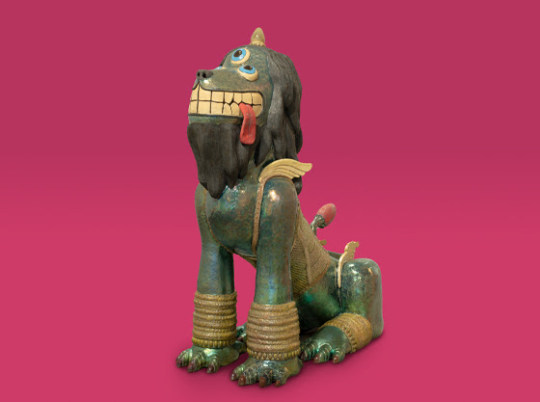
A sculpture by Bhutanese artist Pema "Tintin" Shering, from the upcoming exhibition "Reimagine: Himalayan Art Now" at the Rubin Museum in New York City. Opens March 15, 2024.
4 notes
·
View notes
Text
Cham dance - turn audio up!
2 notes
·
View notes
Text
youtube
*𝓈𝒾𝒹𝑒-𝓆𝓊𝑒𝓈𝓉* i posted a breakdown of my song 2forget and i mentioned marina abramovic as a major inspiration to the way i approach soundscape & music production
fast forward a few months later i meet her at the mandala lab pop-up in london (as part of the rubin museum's exhibition)
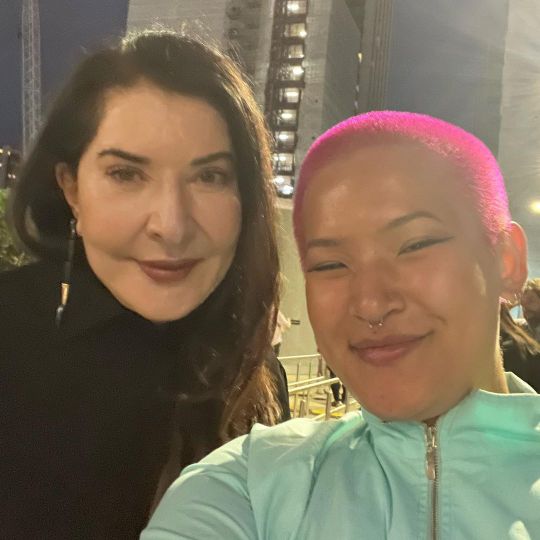
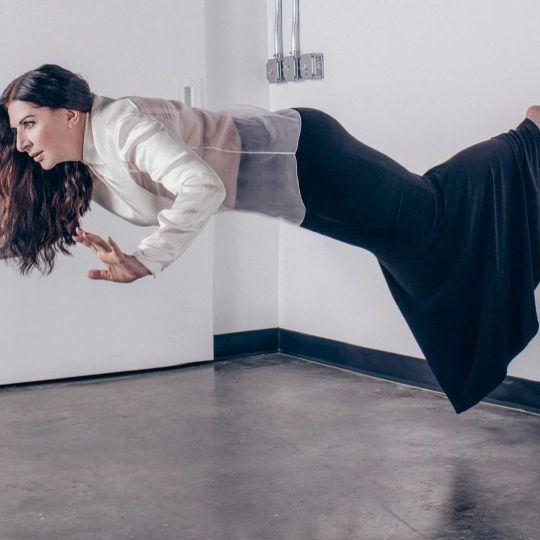
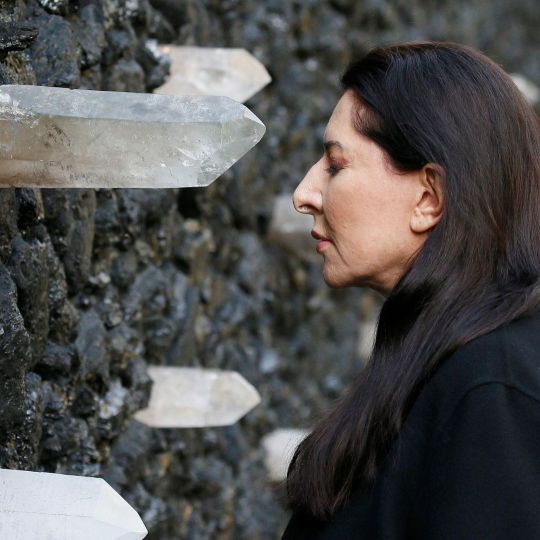

life is so random, love u marina x ❤
0 notes
Text

The Worthy One, Pantaka (detail) Tibet, 17th century
#post card#post cards#postcard#postcards#the worthy one pantaka#tibet#17th century#rubin museum of art
13 notes
·
View notes
Text
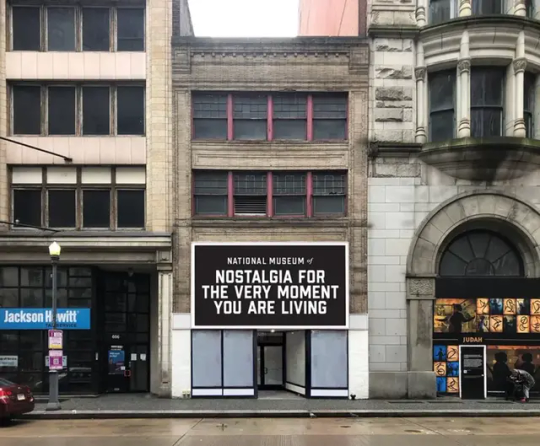
The National Museum by Jon Rubin (2023)
6 notes
·
View notes
Text

The Rubin Museum
#nyctrip#the rubin museum#himalayan art#detail of mural depicting the teachings of Buddhist master Pema Lingpa (1450 - 1521)#tibetan art#indian art
9 notes
·
View notes
Text

Death is Not The End
This work depicts Smashana Adipati, Lords of the Charnel Ground. Animated by ecstatic dance and laughter, this skeleton pair expresses the joy of being free from attachment. Modeled in rich detail against the red background, the male grips a skeleton club and a skull cup, while the female holds a staff and a vase. They lord over (adipati) cremation grounds (smashana), depicted in the lower corners of the painting.
Tantric yogins meditate on impermanence at such places while practicing the tantric visualization and rituals of “severance of ego” (chod), which is said to liberate them from the cycle of rebirth. When there is no attachment to self, there is no desire or other afflictive emotions to propel one’s consciousness in this cycle of suffering.
To learn more about notions of death and the afterlife in Tibetan Buddhism and Christianity, and to see this work in person, visit our current exhibition, "Death Is Not the End," on view until January 2024. ________ Smashana Adipati, Lords of the Charnel Ground; Tibet; 15th century; pigments on cloth; Rubin Museum of Art; gift of the Shelley & Donald Rubin Foundation; F1996.16.5 (HAR 462)
[Rubin Museum of Art]
#Rubin Museum#Day of the Dead#Buddhism#Smashana Adipati#Lords of the Charnel Ground#ecstatic dance and laughter#Tantra#Halloween
67 notes
·
View notes
Text
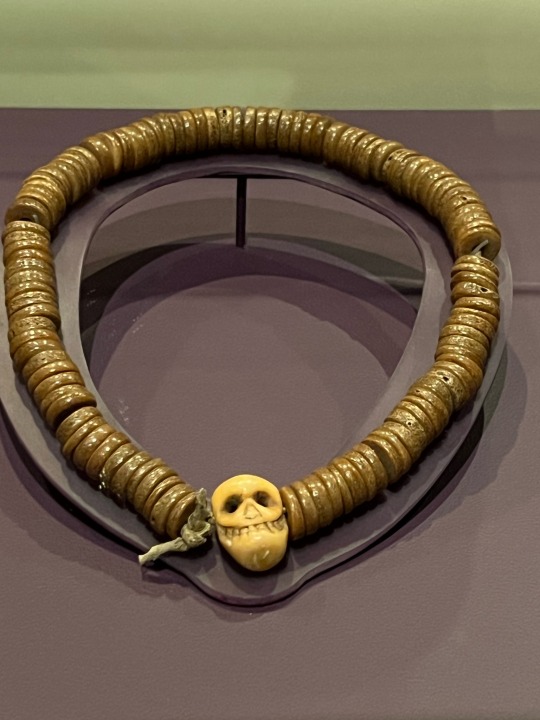
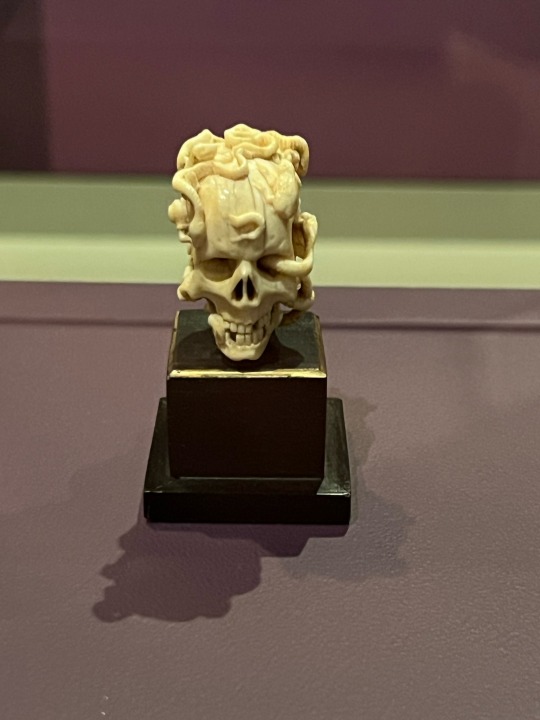
The two (goth) genders.
5 notes
·
View notes
Text

The National Museum is a public art project founded and curated by Jon Rubin and presented by Pittsburgh Cultural Trust. Different artists are invited to change the name of the museum and an essay is written using the title as a jumping off point. The first iteration is by artist and writer Pablo Helguera.
About the project from Jon Rubin’s website–
The National Museum repeatedly asks which stories, histories and futures are deemed worth saving and which are ignored or forgotten. Each month, a different artist is invited to change the name of the museum and a national writer is invited to use that museum title as the jumping off point for an essay. In its first year, the project currently consists of storefront signage, street posters, printed broadsheets, a website and monthly accompanying essays.
When a name starts with “The National Museum” it triggers contentious and political associations with borders, nationhood, even citizenship and belonging. Who gets to determine the belonging of an entire group of people bound only by the fact of their geographical location. There’s something absurd about that, if you think about it. Instead of claiming ownership over a diverse populous or even a disparate set of objects, can the notion of the “national” be rethought as something that is less tangible, less object-oriented?
There is a fundamental hubris and absurdity in calling something, anything, a museum, let alone The National Museum. But, in many ways, it’s really no different than any other museum that someone, usually with far more money, privilege, and power than any of my artist peers or myself, has simply made up. So, in a way, the project functions as a kind of loophole or work-around, a participatory fiction that allows a variety of artists to put forth an ongoing series of grand propositions, a theoretical institution that repeatedly brings into question the certainty and reality of our pre-existing institutions.
The National Museum elucidates how museums, especially national ones, are perhaps no different than the nation-states in which they reside. Each is an imagined political construct, a collective fiction used to collect, categorize, narrativize, and control. Throughout modern history museums have used the collections they steward and the stories they tell to validate extractive legacies of colonialism. And, although our current museums, both national and private, are staffed by people with experience in the arts and humanities, the ultimate decision-makers in many of these institutions are wealthy donors and trustees who derive financial benefits from, and exert ideological control over, the fundamental mission of museums. So, while the general public think museums are nominally for “everyone,” the truth is that they are delimited by economic, geographic, racial, and cultural boundaries that restrict their function, design, and access to select publics.
Pablo Helguera’s essay on building façades as art and metaphor, Creditable Unrealities, is included on the broadsheet for the project (as well as his Substack Beautiful Eccentrics), and is a highly enjoyable read.
It includes this passage on how he came up with his name for the museum-
“Ultimately, I reasoned that façades are the most direct indicator of the time when they were built: they are the things that we try to use as visual reference to identify a city we know in a historic photograph; they are time markers. And when it comes to museums, they traditionally seek to project timelessness, especially those august institutions whose neoclassic façades promise a container of art for the ages. So I thought that this façade should be the threshold not of art history but of our own awareness of that history and our minuscule place in it, knowing that the present that we are living so vividly will soon wash away, largely unimportant within the broader scope of human life. In 2001, doing research on people who consumed ecstasy, I was struck by the effect that their drug had in some people’s temporal awareness, and how it resonated with my own (drug-free) experiences. Thus the phrase “I have nostalgia for the moment I am living”, which gave the inaugural title to the National Museum.”
The next iteration of the museum will feature Edgar Heap of Birds (Hock E Aye Vi). The broadside will be written by poet, writer, lecturer, curator, and policy advocate Suzan Shown Harjo.
#The National Museum#Jon Rubin#Pablo Helguera#Pittsburgh Cultural Trust#Pittsburgh Public Art#Public Art#Art#Art Writing#Downtown Pittsburgh#Edgar Heap of Birds#Essays#Hock E Aye Vi Edgar Heap of Birds#Museum#Museum as Concept#Nostalgia#Pennsylvania Public Art#Writing#Suzan Shown Harjo
2 notes
·
View notes
Text

2 notes
·
View notes


